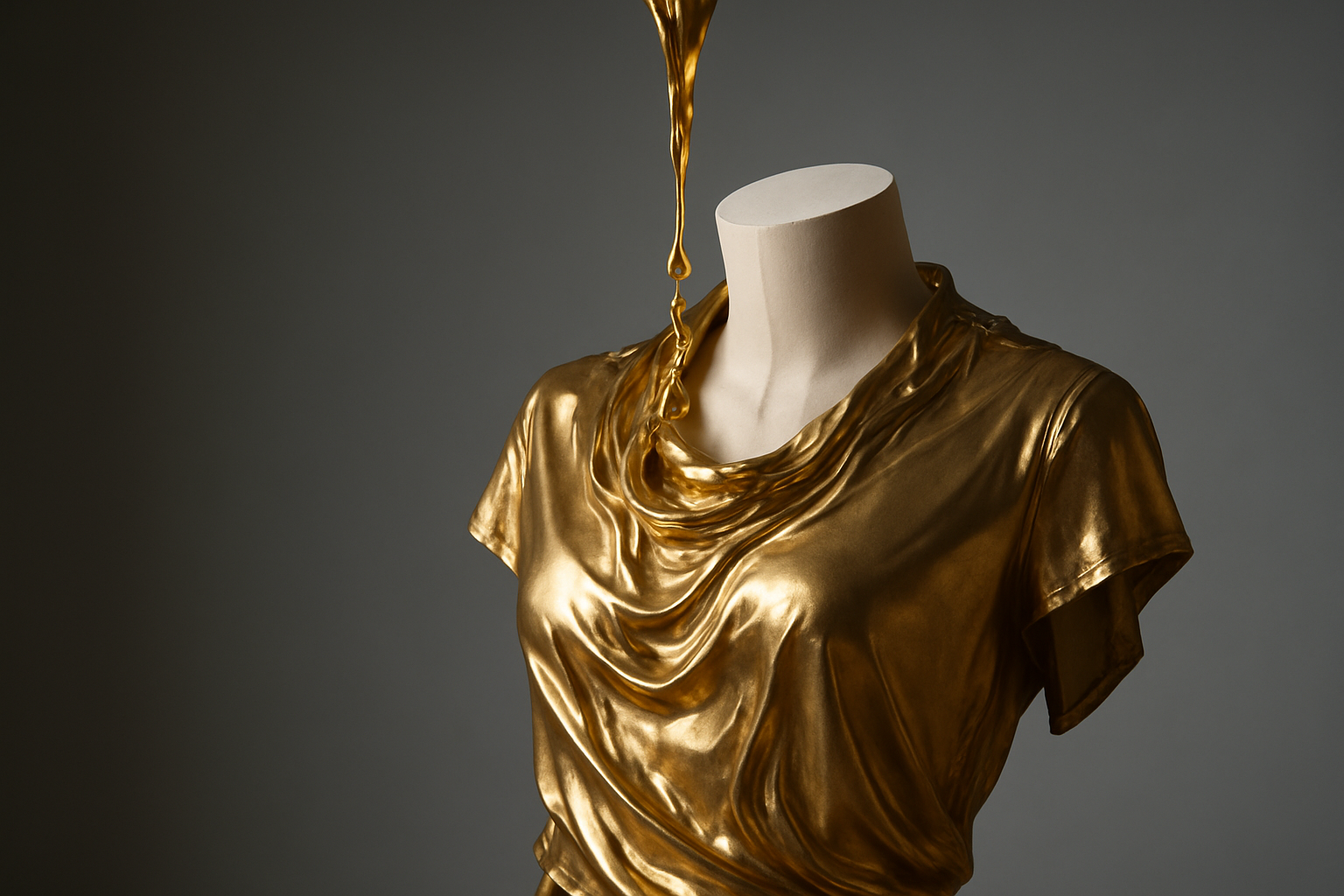Liquid Fashion: The Fluid Future of Style
The boundaries between traditional fashion categories are dissolving, giving rise to a new era of liquid fashion. This innovative approach to style blurs the lines between formal and casual, masculine and feminine, and even seasons themselves. As consumers seek versatility and self-expression in their wardrobes, liquid fashion emerges as a solution that adapts to our ever-changing lifestyles and identities.

As societal norms around gender, work, and leisure continue to evolve, so too does our relationship with clothing. The traditional demarcations between office wear and weekend attire, or winter and summer collections, are becoming increasingly irrelevant. Liquid fashion responds to these changes by offering pieces that transcend these outdated boundaries, allowing wearers to express themselves more freely and authentically.
Breaking Down Barriers
At its core, liquid fashion is about breaking down barriers. This means dismantling the rigid structures that have long defined how we dress. Gone are the days of strictly gendered clothing sections or season-specific collections. Instead, liquid fashion embraces a more holistic approach to style, where pieces can be mixed, matched, and transformed to suit any occasion or identity.
This breakdown of barriers extends to the very construction of garments. Designers are now creating pieces with transformative elements, such as detachable sleeves, reversible fabrics, or modular components. These innovations allow a single item to serve multiple functions, adapting to the wearer’s needs and desires throughout the day or even throughout its lifecycle.
The Role of Technology in Liquid Fashion
Technology plays a crucial role in the development and proliferation of liquid fashion. Advanced fabrics and manufacturing techniques are enabling designers to create garments that can change color, texture, or even shape in response to environmental factors or wearer preferences. Smart textiles that regulate temperature or repel moisture are becoming more prevalent, further blurring the lines between fashion and function.
3D printing and on-demand manufacturing are also revolutionizing the way we think about and consume fashion. These technologies allow for greater customization and reduce waste, aligning with the liquid fashion ethos of adaptability and sustainability. As these innovations become more accessible, we can expect to see a shift towards more personalized and responsive wardrobes.
Styling in the Age of Fluidity
Embracing liquid fashion requires a new approach to styling. Rather than adhering to strict rules or seasonal trends, the focus shifts to versatility and personal expression. Key pieces in a liquid fashion wardrobe might include:
-
Convertible garments that can be worn in multiple ways
-
Gender-neutral basics that form the foundation of any outfit
-
Layering pieces that transition seamlessly between seasons
-
Accessories that transform looks from day to night
The art of styling in liquid fashion lies in creativity and experimentation. It’s about finding new ways to combine and reconfigure pieces to express different facets of one’s identity or to adapt to changing contexts.
The Impact on the Fashion Industry
The rise of liquid fashion is forcing the fashion industry to reevaluate its traditional structures and practices. Seasonal collections are giving way to more frequent, smaller drops that can better respond to consumer needs and preferences. Retailers are rethinking store layouts and online categorizations to accommodate more fluid browsing and shopping experiences.
This shift also has significant implications for sustainability in fashion. By creating more versatile and adaptable pieces, liquid fashion encourages consumers to buy less but buy better. The focus on quality over quantity aligns with growing concerns about fast fashion and its environmental impact.
Navigating the Liquid Fashion Landscape
-
Invest in versatile pieces that can be styled in multiple ways
-
Experiment with layering to create different looks with the same items
-
Look for garments with transformative elements, such as removable parts or reversible fabrics
-
Don’t be confined by traditional gender or seasonal categorizations when shopping
-
Focus on how clothes make you feel rather than adhering to strict style rules
-
Consider the adaptability of a piece before purchasing – how many different contexts can it work in?
-
Embrace accessories as a way to transform and personalize your outfits
As we move further into the 21st century, liquid fashion represents not just a trend, but a fundamental shift in how we approach style and self-expression. By embracing fluidity and adaptability in our wardrobes, we open up new possibilities for creativity, sustainability, and personal authenticity. The future of fashion is liquid, and it’s flowing towards a more inclusive, versatile, and expressive world of style.





